A rooftop filled with a variety of green and blossoming plants, shining sun, a book and a cup of tea, would constitute the definition of my perfect winter weekends. Today, when I recall such experiences of winters that I have spent at my natal home, it brings in me a sense of poise, calmness, independence, and belongingness.
My father is an exciting and curious gardener while my mother is a serious tea lover. No wonder, I have inherited their likeness and love for both the plants and tea. And, I cherish being this combination 🙂 Settling the clouds of thoughts while sipping my cup of tea and gazing at new sprouting buds, has been one of my favorite activities. I request my readers to read my earlier post on tips for budding gardeners if they share this hobby with me.
A cup of tea can mean different things to different people. Like eating food, drinking tea can also be seen as a social activity that you do with your family, friends, relatives, acquaintances, and so on, but to me, it offers a time to reflect and enjoy my own company. Tea time is my time 🙂 Since tea has been and is still my favorite drink, I decided to write my current post on different varieties of tea that I have tried and liked.
We all make similar kind of tea differently. For example, the quantity of milk, tea, and sugar will differ in milk tea recipes. Likewise, some people boil tea in water and milk separately and mix these two with sugar while drinking it. Similarly, for non-milk tea recipes, some people boil tea leaves whereas some prefer to put those in hot water before straining and drinking it. Tea bags have introduced an altogether different dimension to the practice. In short, a cup of tea is very likely to differ from the other even if the two belong to a similar kind.
What’s Your Cup of Tea?
The recipes I present here are solely based on my individual preferences and I, therefore, personally recommend you to try these. However, I would request you to use your culinary, gustation and aesthetic senses and personalize your cup of tea.
#1 Ginger Tea (My Cup of Tea)
This one is my all time favorite tea. I cannot have plain milk tea without ginger; it has to be there even during summers. Ginger tea is widely known and consumed across the country. I am sure my readers already know how to make it but to start the ritual I am mentioning the recipe for ginger tea.
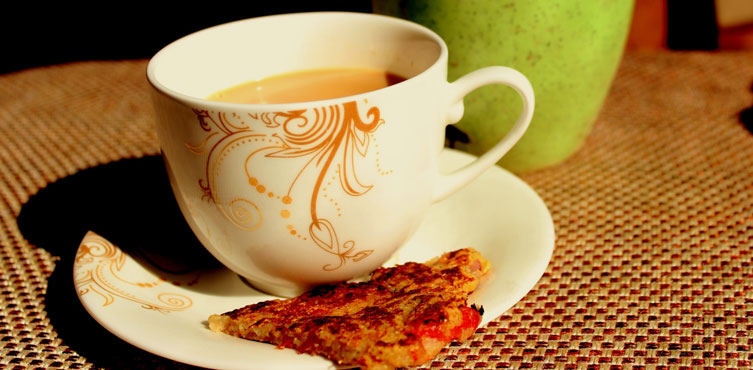
Serving – 2 people
Ingredients
Water-1 cup, Milk- 1 cup, Ginger- ½ inch piece, Tea- 1 Tsp, Sugar- 1 Tbsp.
Recipe
- Boil water in a pan.
- Grate or crush ginger and add to the boiling water. You can replace ginger with 3-4 basil leaves if you like that flavor. I sometimes do that and I love that fragrance as well.
- Add processed tea and sugar.
- Add milk and let it boil for about 10-15 seconds.
- Strain the tea and have it with your favorite mixture and cookies.
You can replace sugar by khaand (unprocessed sugarcane powdered product) or gud (jaggery) as well. Some people really like the taste of jaggery in tea; both sugarcane and date jaggery can be used.
Health Impact of Ginger Tea
Tea is believed to have anti-tumour (cancer) properties but milk proteins (in milk tea) reduce the concentration of flavonoids in tea. Moreover, studies suggest that the impact of tea on dilation of blood vessels resulting in low heart vulnerability is also curbed when milk is mixed with tea.
Therefore, I request my readers to gain proper knowledge on milk tea and use your discretion regarding possible health concerns.
#2 Masala Tea
I know people who are addicted to Masala tea. Now, this Masala (literally means spice) differs depending on what spices you decide to put in your tea. I prefer to mix my choice of spices along with ginger and basil leaves. I experimented with different spices and figured out the flavors that I like. Please find my recipe for Masala Tea.
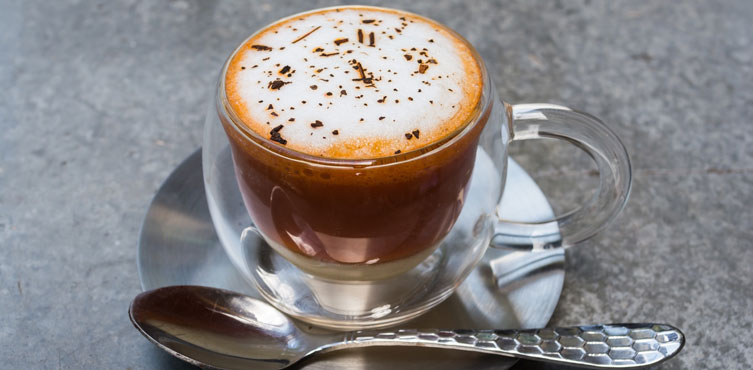
Serving – 2 People
Ingredients
Water- 1 cup, Milk- 1 cup, Basil leaves- 3-4, Ginger- 1 cm piece, Clove- 1, Black pepper- a pinch or 2-3 seeds, Nutmeg powder- a pinch, Tea- 1 Tsp, Sugar- 1 Tbsp.
Recipe
- Boil water in a pan.
- Crush ginger, basil leaves, black pepper seeds and clove; add these to the boiling water.
- Now, add processed tea and sugar.
- Pour in the milk and let it boil for few seconds.
- Strain the tea and have it with your choice of snacks.
You can add two more spices to your Masala tea namely, cardamom and cinnamon. I do not like any pungent smell in my food, therefore, avoid using both of these. However, I have seen many people who love these couple of spices. Some people even put garam masala (a unique mixture of spices that is generally used in vegetables while/after cooking) to their tea. Hence, select your own palette of spices and make your own masala.
Health Concern – Masala Tea
There have been different views as to whether one should boil the tea for a longer amount of time after you add milk or not. You can brew your tea in water and add milk to it but it is said that this uneven heating of milk affects its protein structure, hence leading to clumps. So both water and milk should be boiled at equal temperature. You can also brew your tea only in milk and it will give you a very different taste. Try it and figure out if that’s your cup of tea.
#3 Lemon Tea
We have now moved on to non-milk tea recipes. I like these for their claimed health benefits, refreshing aroma and a possibility of experimentation. Making lemon tea is very easy but one can always improvise the recipe.
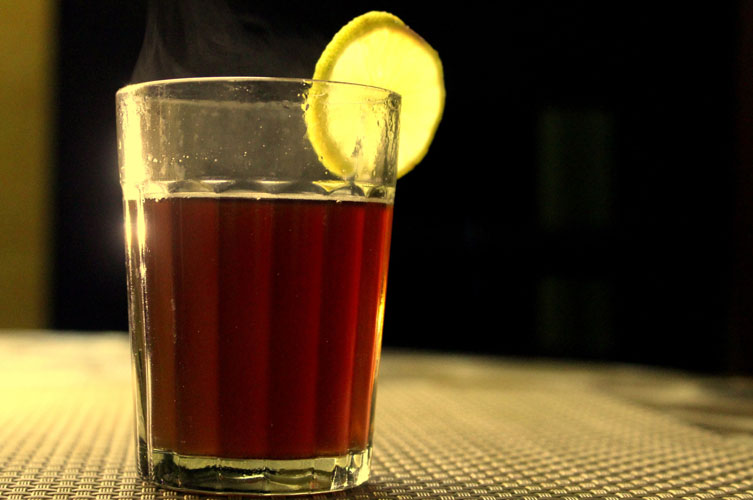
Serving – 2 People
Ingredients
Water- 2 cups, Tea- 1 Tsp, Sugar- 1 Tbsp, Lemon juice- 1 Tbsp, Rock salt- a Pinch (optional).
Recipe
- Boil water in a pan.
- Add processed tea leaves and sugar and let it boil for 30 seconds.
- Strain and add lemon juice and rock salt.
If you wish, you can add honey along with lemon juice instead of sugar while boiling it.
Health Impact of Lemon Tea
Lemon tea is good for stomach pain that is caused due to usual gastritis (not acute attacks) and minor infections. Since both lemon and rock salt are good for digestion, it soothes minor stomach pain. It’s also a perfect cup of tea for winters.
#4 Fig Tea
This tea is an outcome of my experimentation and I completely own this recipe. I request you all to try and give your feedback as to how we can modify its taste.
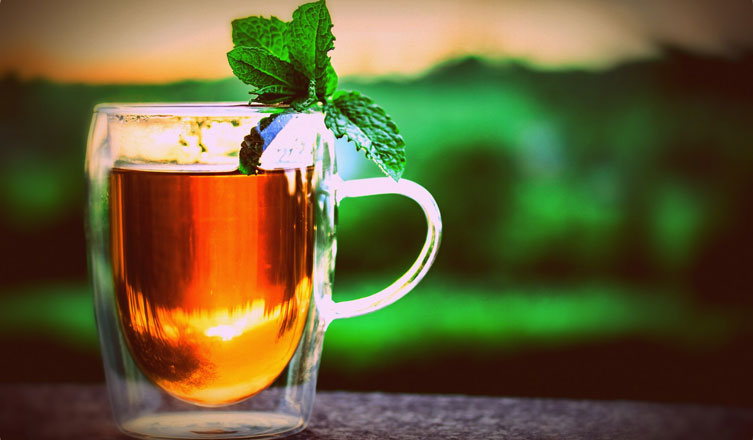
Serving – 2 people
Ingredients
Fig- 4, Water- 2 cups, Tea- ½ Tsp, Mint leaves- 3 to 4, White pepper- a pinch.
Recipe
- Soak figs overnight.
- Remove soaked figs from the water and boil it.
- Add processed tea and boil for one more minute.
- Strain the tea and add crushed mint leaves and white pepper.
You don’t need to add sugar or honey because figs are very sweet and when soaked overnight, they transfer the sweetness to the water as well. You can reduce or increase the amount of water while soaking figs depending on how sweet you want your cup of tea to be.
Health Benefit of Fig Tea
Figs are a good source of vitamins and minerals. So, a cup of Fig tea makes a very good healthy drink you can start your day with.
#5 Green Honey Tea
This tea brings out the best of all its ingredients. Hence, it is a must try for you all.
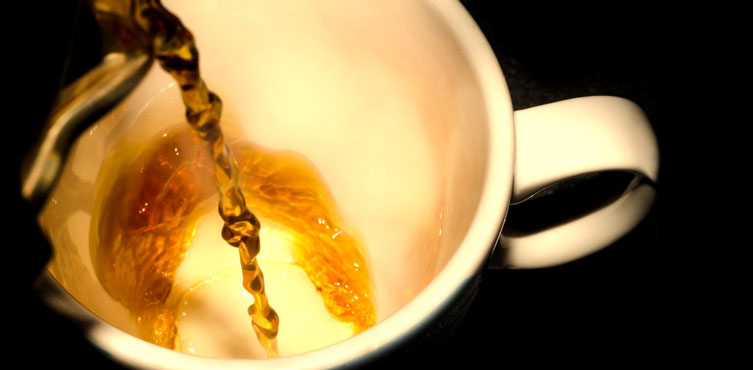
Serving – 2 people
Ingredients
Water- 2 cups, Green tea- 1 ½ tsp or Two Green tea bags, Honey- 2 tbsp (optional), Ginger- ½ inch, Lemon juice- 2 tbsp/ lemon grass- 3-4 strands, Green Pepper- a pinch (or black pepper), Cinnamon- 1 cm stick.
Recipe
- Boil water in a pan.
- Add ginger and cinnamon and let it boil for about 2 minutes.
- Remove from heat and add green tea leaves; cover and keep it aside for about one minute.
- Strain the tea and add lemon juice, honey and green pepper.
- Mix it well and drink it while it’s hot.
If you are using tea dips then you have to just dip those after you have added honey, lemon juice, and pepper. You can add orange slices instead of lemon.
Health Benefits of Green Honey Tea
This tea is full of vitamin C and other beneficial ingredients that really affect your health positively. It is also a miraculous tea for women’s menstrual cramps and discomfort caused by seasonal cold or sinusitis. You can have it every day in winters to keep up your immunity. Since it is easy to make and keeps you hydrated, it is a good idea to have it during trips and trekking. I would recommend it to everyone.
#6 Apple Tea
This recipe is similar to Green honey tea. I have added cinnamon to it because its taste goes well with apples. I recommend you to use regular or orthodox tea instead of green tea, to get a nice dark tea color.
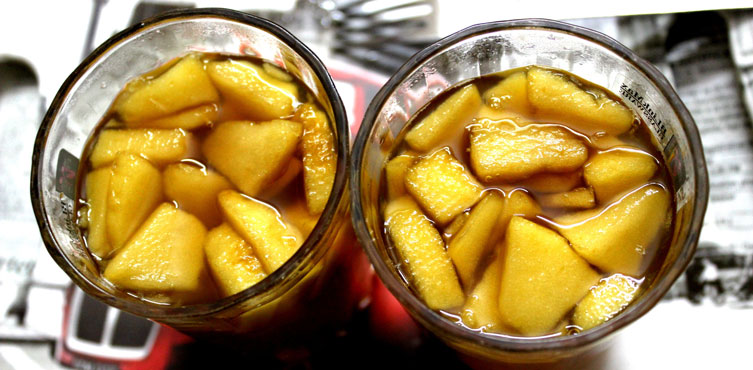
Serving – 2 people
Ingredients
Water- 2 ½ cups, Tea- 1 tsp/2 tea bags, Honey- 2 tbsp, Lemon juice- 1 tbsp (optional), Cinnamon- 1 cm piece, Black pepper- a Pinch, Ginger- 1-inch piece, Apple (peeled and minced) – half cup.
Recipe
- Boil water in a pan
- Add processed tea, cinnamon, black pepper, and ginger and let it boil for about 5 minutes.
- Strain the tea and add minced apple and cover it for about five minutes.
- Add honey and lemon juice and have it along with or without warm apple pieces.
Adding lemon juice is optional depending on how sweet your apple is. It will also affect the amount of honey you put in. In case you want to use green tea in this recipe, add green tea leaves to the hot water for two minutes and heat it up again. Now, add minced apples and leave for five more minutes. Heat it one more time if it is not as hot as you want and finally add lemon juice and honey. Your apple green tea is ready.
Health Benefit of Apple Tea
Apple tea brings you the goodness of both the tea and apples. It makes a healthy drink. You can have it anytime during the day or even with the meals.
Coming up Next
I came across these interesting maroon color flowers called Roselle (Tengamora in Assam) while interacting with a Burmese community. They use these in their vegetables to get a tangy flavor. These are also used to make jam and pickle in eastern parts of India. I searched for it on the internet and found out that it is a variety of hibiscus and used for making tea and other cold drinks as well. So, I thought of giving it a try. However, I am still not able to find these colorful flowers around my area. This is going to be my new cup of tea. Very soon, I shall post the recipe.
A lot happens over a cup of tea. These were few recipes of my favorite tea types. I would love to hear your conception and experiences associated with your favorite tea. Also, share your kind and flavor of tea that you drink or invented yourself. Please post your comments below.
Note: Tea is said to have many positive as well as negative health effects. However, what it does to your body depends on what combination of tea you take and your subjective health condition. I have shared my experiences with tea, which in no way should be taken as a medical recommendation. Please consult your physician for any health issues.
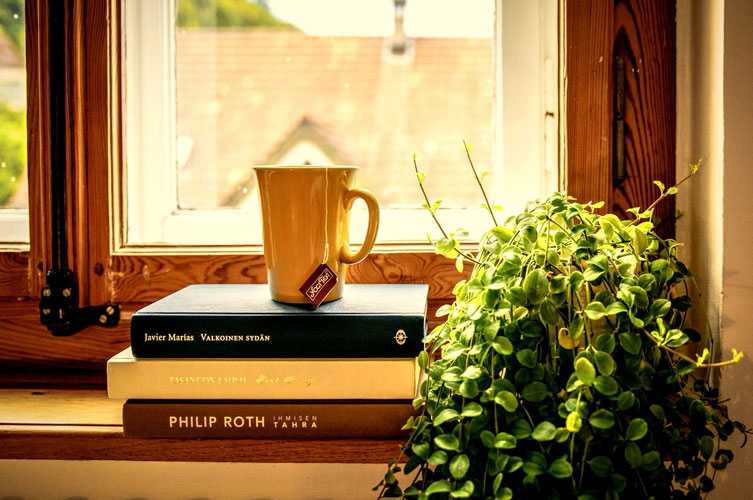
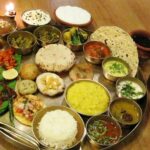
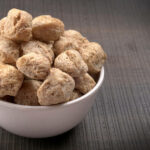
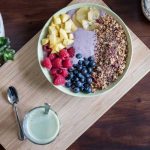
A must have blog…………, contains good information for tea lovers. Well written … an informative blog….
Thank you for appreciation and motivation 🙂